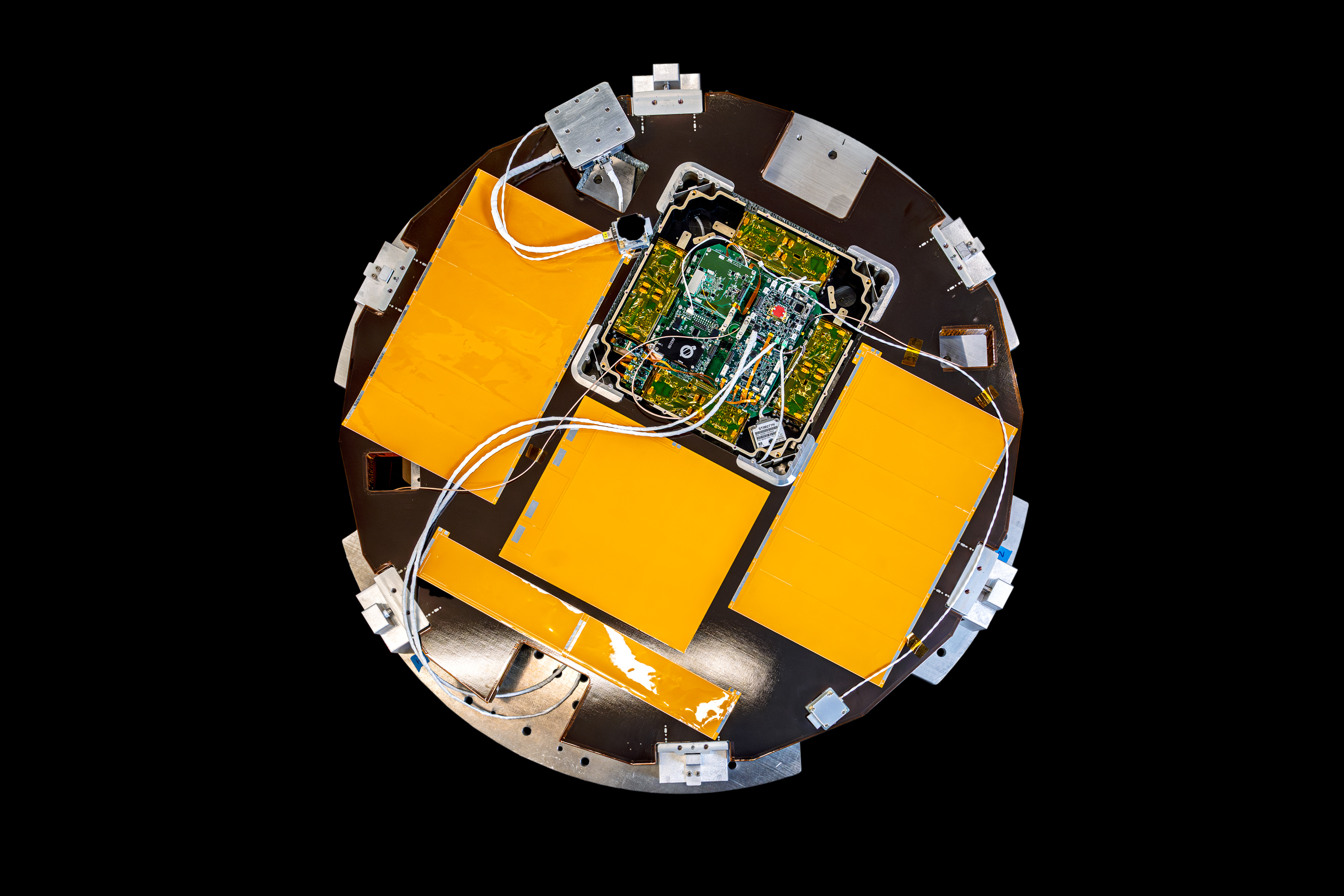
Aerospace has a long history of pioneering new satellite form factors, such as CubeSats. The latest innovation is DiskSat, a type of spacecraft only 2.5 centimeters thick but still highly capable and versatile — and the first of which are slated to launch later this year.
“DiskSat is an exciting shift in small satellite development,” said Catherine Venturini, the principal scientist for the project. “This demonstration is critical. If everything goes well, we anticipate a major increase in industry engagement—expecting a lot of phone calls."
The reason it is so promising is the combination of compactness, ease of deployment, and versatility. One clear use case for DiskSats is collecting imagery from very low Earth orbit, or vLEO — which Venturi calls "a game-changer."
Orbiting between 300 and 450 kilometers above the surface, rather than twice or three times that distance, makes for sharper images, easier communication, and a lower risk of producing space debris, since vLEO orbits naturally decay faster.
The challenge with vLEO is historically operating efficiently in it — imaging satellites tend to be too large and expensive to sentence them to such a short lifecycle. But the shape of a DiskSat minimizes atmospheric drag; its low mass enables station-keeping via electrical propulsion; and the reduced cost of manufacturing and deployment makes multi-satellite constellations fit in more budgets. (The plan is to release or license the technology to partners once it is flight-proven.)
"You could bring your 20-satellite constellation up in one launch," Aerospace's Eric Breckheimer told SpaceNews, which just posted a profile of the project. The researchers are presenting the latest DiskSat news at the SmallSat Conference this week.
The first set of DiskSats is scheduled to ride up on a launch vehicle later this year, supported by NASA's Small Spacecraft and Distributed Systems program. You can find out more here, or at the DiskSat page.
